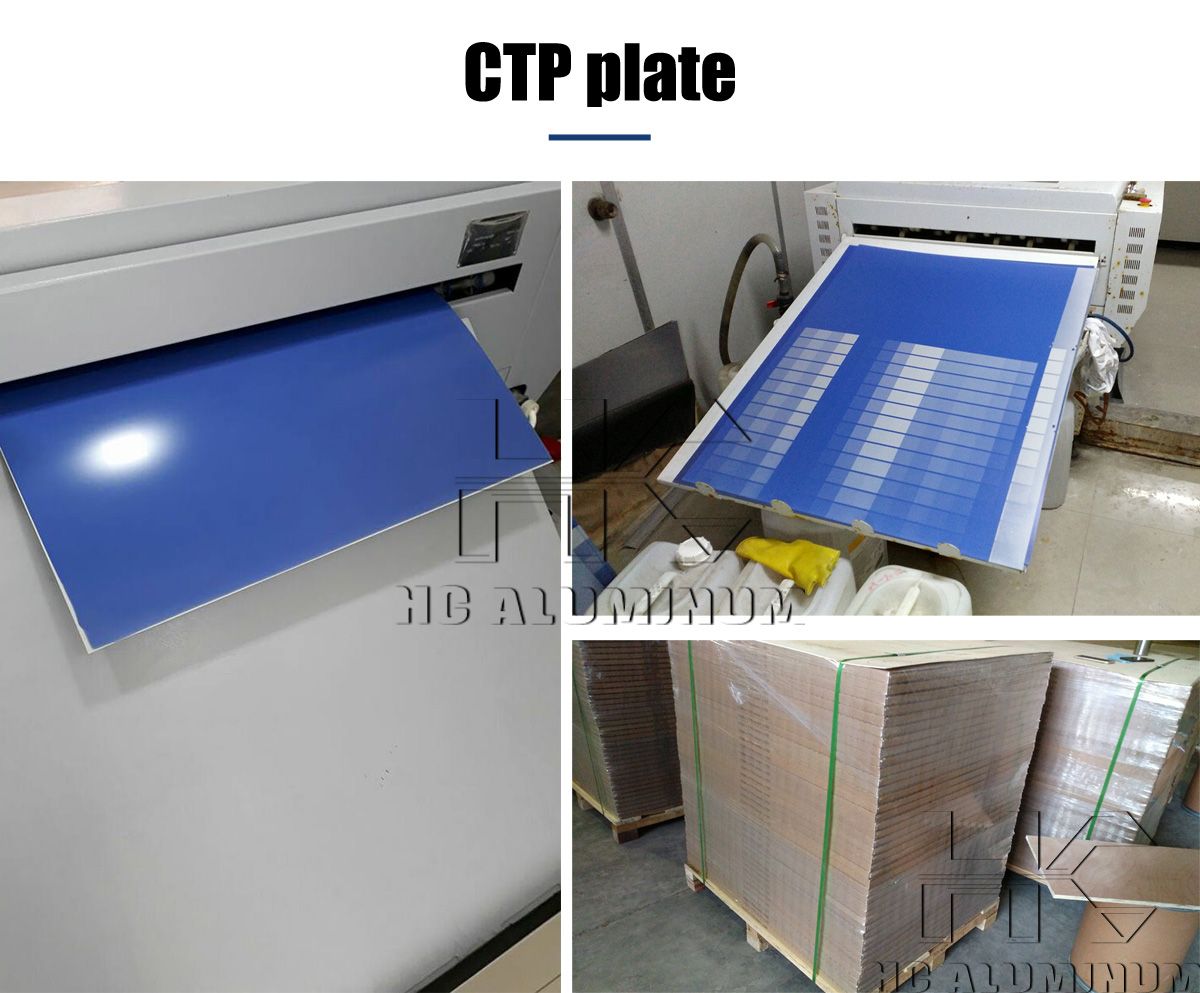If you have any questions, you can directly consult our online customer service. You can visit us online via WhatsApp. We look forward to your visit.
WhatsApp:8618703635966 Online
Printing Plate Making: Advantages of CTP Plate Making and Quality Control
Printing plate making is the process of converting designed text and images into plates through specific technologies and techniques. The printing plate is a key medium on the press that carries and transfers images and text onto substrates such as paper, plastic, and metal.
Currently, the mainstream offset printing plates are PS plates and CTP plates. Each has its own features, but with the progress of digital technology, CTP plate making is gradually becoming the industry’s preferred choice due to its many advantages.
Differences Between PS Plates and CTP Plates
(1) Plate Making Process
PS Plate: Traditional chemical processing that requires film output, exposure, developing, fixing, and multiple chemical treatment steps.
CTP Plate: Digital plate making where the computer directly drives a laser to image the plate, eliminating the need for film and chemical processing.
(2) Plate Base Requirements
PS Plate: Composite grain structure with coarse, medium, and fine grains coexisting.
CTP Plate: Requires finer and more uniform grain to ensure high-precision dot imaging.
(3) Dot Quality
PS Plate: Complex process with many manual steps, prone to dot loss and less stability.
CTP Plate: High stability, capable of accurately reproducing 1%–99% dots even at 200 LPI resolution.
(4) Printability
PS Plate: More process steps can introduce defects like dirt or film marks; sensitive to developer quality; deeper grain improves wetting performance.
CTP Plate: Direct imaging eliminates film-related contamination, has a smoother surface that requires better wetting control, and offers excellent ink-water balance.

Main Advantages of CTP Plate Making
Compared with traditional plate making, CTP plate making offers clear advantages:
Fewer Steps: Eliminates film output, exposure, and manual imposition.
Cost Reduction: Reduces consumption of film, PS plates, and saves space and labor.
Higher Efficiency: Shorter workflow allows for same-day plate production and printing.
Standardization: Digital workflow reduces human error and is easier to manage.
Stable Quality: High dot accuracy and excellent repeatability.
Environmentally Friendly: Eliminates traditional film and chemical developer usage, reducing chemical waste and pollution.
Key Points for CTP Plate Making Quality Control
CTP technology offers many benefits, but quality control in plate making remains essential. The plate making stage determines whether the press can accurately reproduce the intended design colors. To ensure that CTP plates deliver precise dot reproduction and stable color, a robust digital evaluation and management system is required.
Here are key quality control points in the CTP plate making process:
(1) Improved Control Strip Standards:
Add standardized control strips during output for easy quality inspection of plates.
(2) Standardized RIP Compensation Curves:
Ensure consistent dot values between CTP plate imaging and press printing through standardized RIP compensation curves.
(3) Output Qualified CTP Plates:
Monitor for dot deviation during plate output to avoid color shifts during printing.
(4) Adjust RIP Compensation as Needed:
Periodically calibrate and adjust RIP compensation curves to ensure linear and stable dot output on CTP plates.
Match plate dot standards to ensure solid area coverage and color accuracy.

